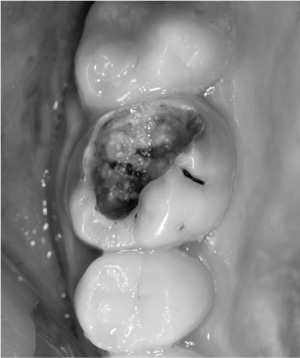Biology and YouYou and Your Body |
What is tooth decay? |
Tooth decay is actually an infectious disease caused by bacteria called Streptococcus mutans—tiny critters that are able to ferment carbohydrates (the sugars and starches we eat) to form acids—which can lead to the demineralization of the tooth surface and eventual decay if it is left untreated. When you have a toothache from tooth decay, it means that the tooth’s pulp (inner structure that contains the nerves and blood vessels) has become involved—and it’s also why hot and cold foods or drinks can cause tooth pain and make your life miserable. In many cases, a root canal (removal of the pulp) is required to prevent the infection from spreading into the bone that holds the tooth in place. If the infection is not caught in time, it can lead to root decay, too, especially in older people whose gums normally recede as they get older. If not caught, this could also destroy the bone, causing the tooth to loosen or even abscess, and the affected tooth may need to be extracted.

Not keeping one’s teeth clean can encourage the growth of harmful bacteria that digest food particles and excrete acids that dissolve teeth.
